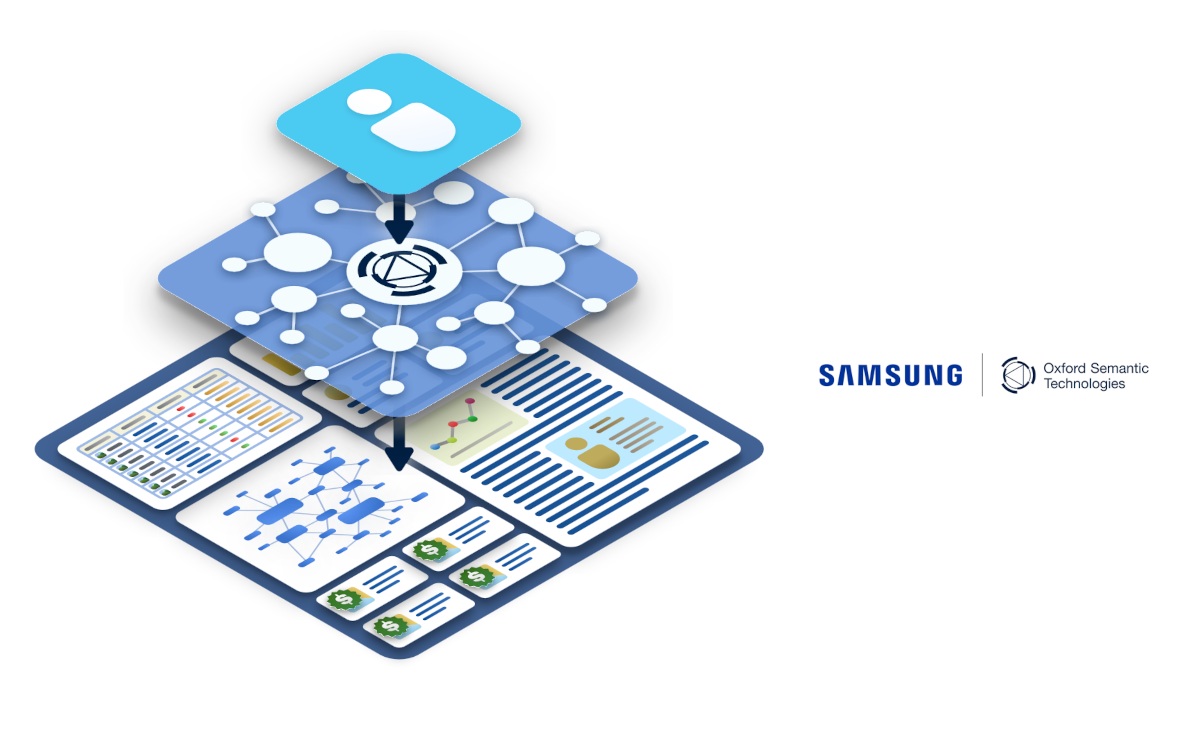Samsung Electronics takes over the AI startup Oxford Semantic Technologies. The university spinoff Oxford Semantic specializes in knowledge graph solutions enabling recommendation engines and product configurators - applications that are also very interesting for digital signage.

Recommendation Engine: Samsung acquires AI startup
Oxford Semantic Technologies was founded in 2017 by three professors from the University of Oxford. The start-up developed AI-based technologies in the areas of knowledge representation and semantic thinking. The AI-based engine RDFox is used worldwide by customers in the areas of finance, manufacturing and e-commerce.
Knowledge graph technology stores information as an interconnected network of related ideas and processes data in a very similar way to humans memorize, retrieve and think about knowledge. By integrating and linking data, this technology improves the understanding of how people use a product or service and enables rapid information retrieval and recommendation. It is therefore considered one of the key technologies for the realization of more sophisticated and personalized AI solutions.
Knowledge graph applications have been a challenge so far due to the complex calculations. However, Oxford Semantic Technologies has developed and successfully commercialized knowledge graph technology that optimizes data processing and enables both in the cloud and on-device.
Samsung has been associated with Oxford Semantic since 2018 through its investor vehicle Samsung Ventures. The full takeover should enables Samsung to provide hyper-personal user experiences with integrated information and in context. Not only on mobile phones but also with digital signage displays, TVs and household appliances.
invidis comment
AI is changing technology and user scenarios – a major challenge for hardware providers and software developers in the digital signage market. Hyper-personalized user concepts, recommendation engines and high-performance product catalogs are in demand for retail experiences both in-store and online.
With the acquisition Samsung is now able to boast its own technology here, which could be integrated into Samsung hardware via Tizen and made available via VXT. A possible further step towards software-defined visual solutions.
